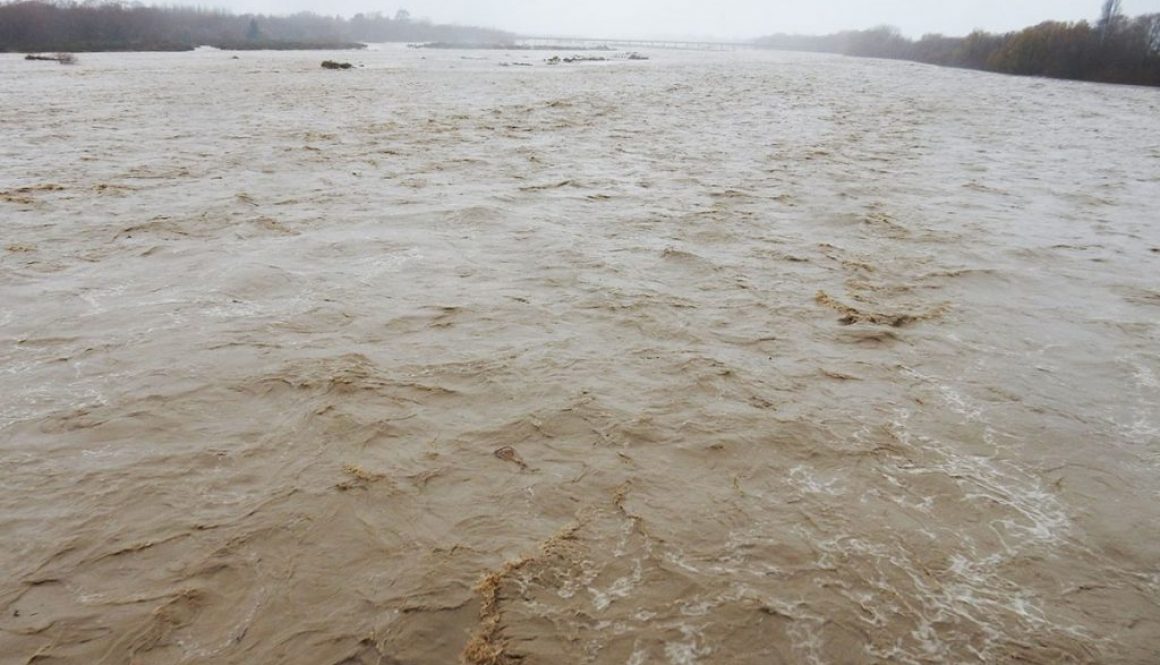I’ve yet to meet anyone who read their entire report, much less acted on it. A small extract made headline news in a North Canterbury paper and was promptly forgotten.
Two weeks ago, I gave a presentation to the Waimakariri drainage group on the risks of flooding from pluvial and fluvial events and rising sea levels. It caused some discomfort, but then again, I was talking about climate change. A concept that probably seemed too remote to lose much sleep over.
Last weekend’s floods will no doubt make headline news again in our local papers. And in a few weeks it will also probably be forgotten by most people, especially those who weren’t directly affected. Part of the reason is that the phrase ‘1-in-100 event’ is often misunderstood, leading to a false sense of security that these zombies and their big brother rivers are unlikely to escape again in our lifetimes. (The term ‘1-in-100 years’ is in fact a statistical annual exceedance probability. It’s arguably moot in any case as many hydrologists consider stationarity to be dead.)
And then there’s the false perception that ECan is obligated to shove every metre of rivers back into solitary confinement. The situation on the Okuku River is a case in point. The poor little Okuku, like many zombie rivers, is so glutted with weeds that it’s unrecognisable as a braided river. It’s not even mentioned on the braided rivers website. I mention it here now, because this section of the Okuku is outside the river ratings area. Councils are under no obligation to protect those who live and farm in its riverbed. At some point, properties in riverbeds are likely to be deemed too risky to insure, which raises the question of who will pay for more extreme weather events? And how can we tell if climate change is the cause?
In January this year, nine New Zealand river experts wrote an article in The Conversation, titled ‘Why we should release New Zealand’s strangled rivers to lessen the impact of future floods’.





